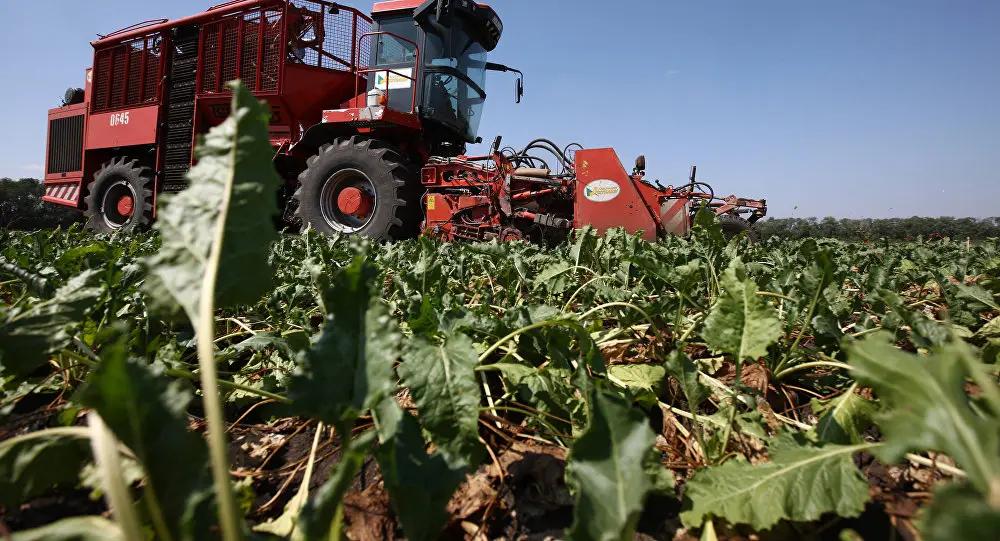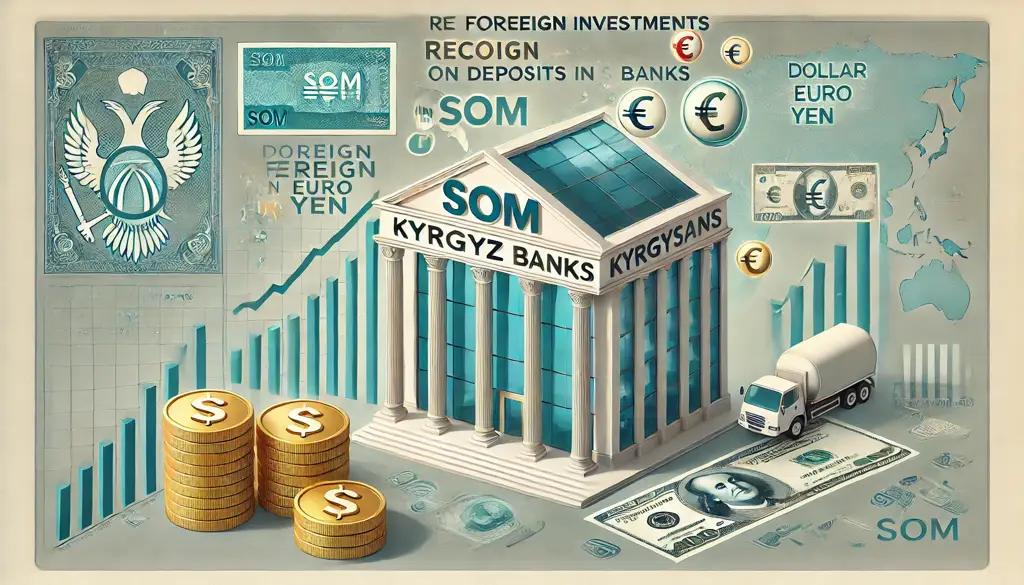
Published
10/01/2024, 07:55Supply of Made in KG clothes abroad has fallen sharply. Of the 23 items analysed by the Akchabar editorial board, 17 demonstrated a decrease. This is explained as the main buyer of clothing items from Kyrgyzstan - Russia - has started to buy much less from us.
In the first seven months of 2024, Kyrgyzstan exported 22 million 613 thousand 132 items of women's, men's and children's clothing abroad. This is almost 36.9% less than in the analogous period of 2023 when 35 million 855.9 thousand clothing items were exported.
Kyrgyzstan lost $43 million 594.3 thousand due to the decrease in the volume of supplied clothing while receiving $64 million 979.3 thousand from its sale abroad.
This year, compared to the analogous period of 2023, supplies of knitted men's outerwear decreased most of all, almost 30 times, to 552 pieces, knitted women's outerwear, 25.5 times, to 4 thousand 308 units and men's knitted shirts, 18.1 times, to 6 thousand 443 pieces.
The overall reduction in clothing exports is due to a decline in its supply to the Russian market. In seven months, 42.59% less clothes were sent there than at the same time last year, 9.3 million units instead of 16.2 million - from January to July 2023. In total, this brought Kyrgyz garment manufacturers $19.7m less. If in 2023 the supply of clothes to Russia (22 items) was estimated at $42.7 million, this year it was $23 million.
For example, the Russian Federation has completely stopped buying from Kyrgyzstan one of the types of upper knitted men's clothing and textile women's underwear. Last year their exports to Russia brought in almost $183.8 thousand.
Besides, the volume of 15 items supplied to Russia decreased. Exports of men's knitted clothing suffered the most, falling 24.32 times to 33.6 thousand units (-$1.6 million), women's textile outerwear - 19.36 times to 21.4 thousand units (-$2.7 million) and men's knitted shirts - 18.1 times to 6.4 thousand units (-$248.6 thousand).
At the same time, Russia increased its purchase of men's textile shirts in Kyrgyzstan by 4.5 times to 86,000 units (+$238.6 thousand), corsetry products by 2.2 times to 59.3 thousand units (+$35.7 thousand) and overalls by 3.4 times to almost 10 thousand units (-$14.6 thousand). At the same time, the sum of goods supplied decreased.
Kazakhstan is the second main buyer of clothes produced in Kyrgyzstan. It has reduced the volume of clothing purchased from us across eight items and stopped buying six more items completely. However, in the total volume, the clothing supplies there not only did not decrease but also increased. This was due to an increase in supplies of only three items - women's underwear by 52.9 thousand pieces to 53.6 thousand pieces, knitted shirts and shirts - by 294 thousand pieces to 515 thousand 945 pieces and women's textile blouses - by 395 thousand pieces to 428 thousand 623 pieces.
Although the volume of shipments of clothing to Kazakhstan increased, the sum of supplies declined by 17.1%, i.e. our garment manufacturers received a shortfall of $1 million 866.9 thousand.
Besides Russia and Kazakhstan, Kyrgyzstan sent its clothes to 14 other countries. They include Uzbekistan, Germany, the USA, Ukraine, even Cyprus and other states. Women's knitted clothing and textile women's blouses are the most popular in far abroad.
All this is about clothes, which Kyrgyz garment makers, according to the HS code, account for piece by piece. But there are also items of clothing that are exported by the tonnes. There are seven such categories, including men's and women's textile underwear, children's clothing and others.
Apparel shipments in tonnes saw a 17.11% increase to 4 thousand 279.7 tonnes. But in the end, our garment manufacturers earned by more than $2.3 million less - $5 million 4.5 thousand.
The decrease is explained by the export decrease to Russia and Kazakhstan in terms of value. Thus, if the volume of supplies to Russia in tonnes increased by 430.6 tonnes, in terms of value they brought $1 million 326 thousand less. The situation with Kazakhstan is similar. We supplied 322.4 tonnes more clothes there, however, it brought us $1 million 441.3 thousand less.



